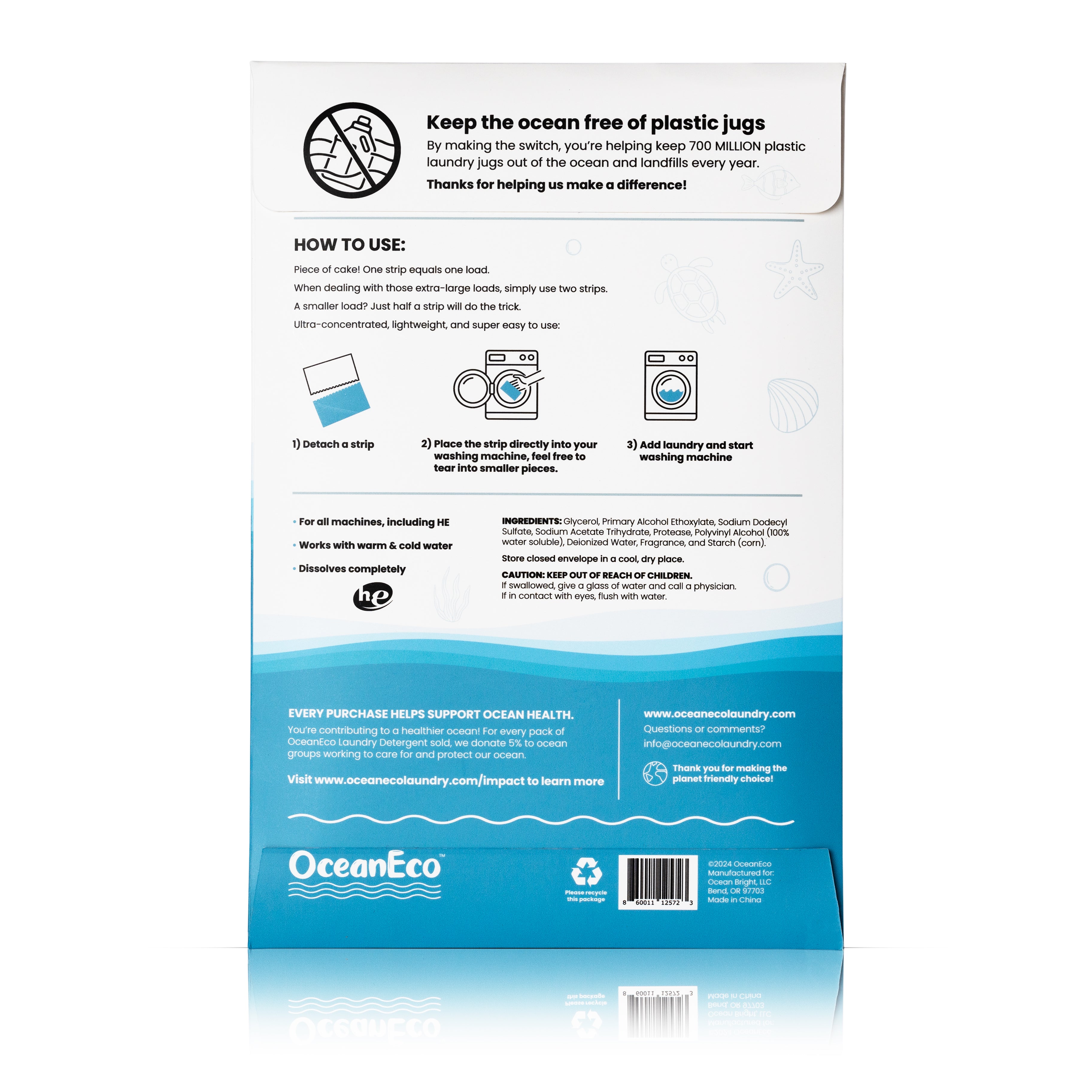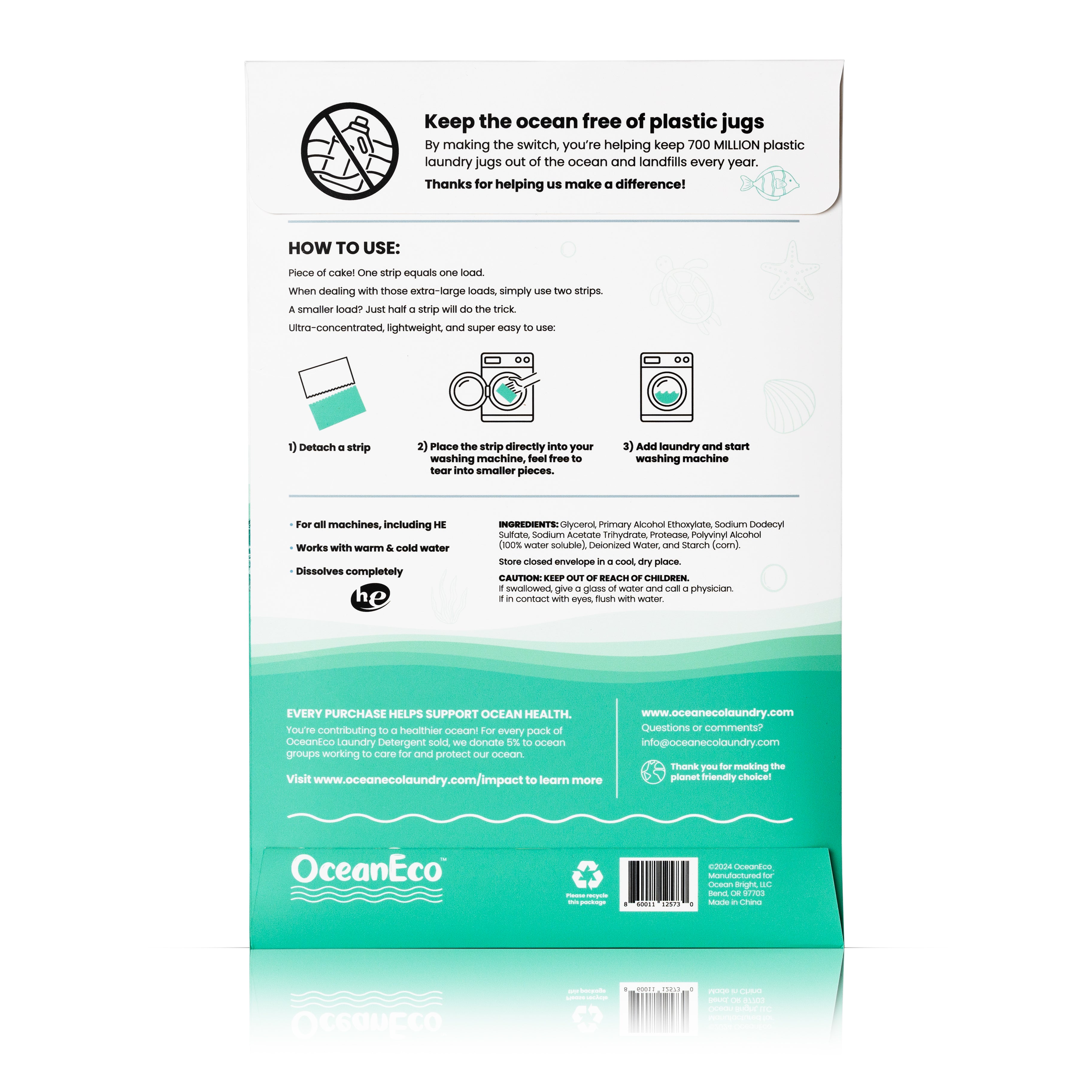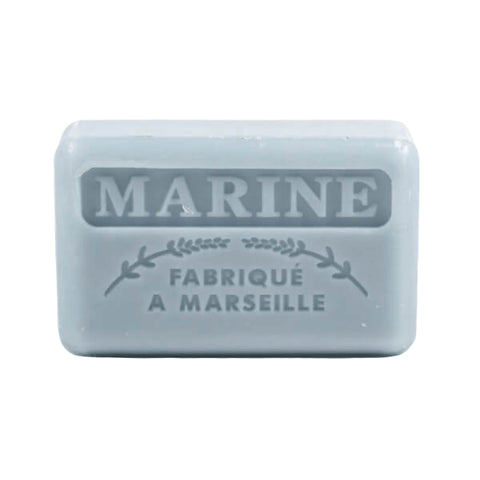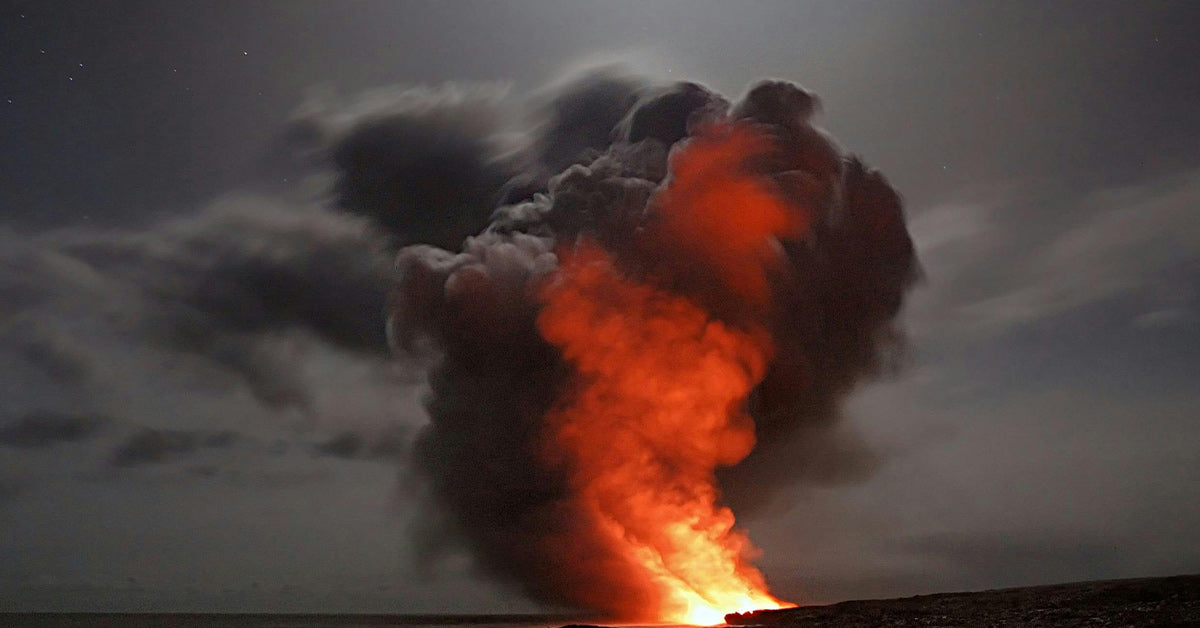Mining Machines Tore Through the Ocean Floor and Nothing Has Grown Back After 50 Years
Fifty years after a machine scraped its way through the Blake Plateau off the U.S. East Coast, the damage remains—stark, silent, and largely lifeless. In 1970, Deepsea Ventures launched the world’s first deep-sea mining test in this stretch of ocean, using a primitive device to vacuum up some 60,000 mineral nodules from the seabed. The intent was industrial progress; the result was a wound the ocean has yet to heal.
Samantha Joye, a microbiologist who has explored these depths aboard the submersible Alvin, once described the surrounding ecosystem as “spectacularly diverse,” teeming with forearm-sized mussels, sponges, shrimp, and bioluminescent creatures that bounce against the sub like curious ghosts. But nearby, the ocean floor tells a different story. Long grooves, visible decades later, cut through the sediment like claw marks—lifeless and still. Where these machine tracks run, nothing thrives: no fish, no filter feeders, no microbial bloom. Just silence and silt BBC Future reports.

Photo: Expedition to the Deep Slope/NOAA/OER / Gavin Eppard, WHOI, License: CC BY 2.0
The submersible Alvin is used for ocean explorations.
Nature’s Slow Clock
Unlike surface ecosystems that can regenerate in years or decades, the abyssal plains move at a glacial pace. Microbial communities, often the first to recolonize disturbed ground, remain only partially restored in Pacific test zones ploughed more than 30 years ago. As IFLScience reports, sediment samples from the Clarion-Clipperton Zone, mined in 1989, revealed persistent losses in biodiversity and long-term alterations in seafloor composition.
Recent data from the National Oceanography Centre and Natural History Museum, London, found signs of limited recovery—but only among small and mobile animals. Fixed organisms like sponges, crucial to deep-sea biodiversity, remained absent from the disturbed zones. The mining scars, they said, appeared “as if made yesterday,” according to Mining.com.

The site is lifeless compared to nearby thriving ecosystems.
A Fragile System Under Pressure
The experiment at Blake Plateau serves as a cautionary tale. Researchers fear that future industrial-scale operations, like those being prepared for the mineral-rich Clarion-Clipperton Zone, could irreversibly alter oceanic life and function. The scale of planned operations—up to 10,000 square kilometers per mine—raises concerns about sediment disruption, biodiversity loss, and carbon cycling interference, BBC News explains.
Even today’s "gentler" technologies, promoted by companies like The Metals Company and Impossible Metals, aren’t free of risk. Critics argue that collecting nodules, even one by one, still disturbs fragile benthic ecosystems and releases carbon trapped in seabed sediments. And with more than 70% of the seafloor still unmapped, scientists are often flying blind Greenpeace Aotearoa reports.
The Price of Progress
Driving this renewed push is the world’s hunger for cobalt, nickel, and rare earth elements—materials essential to smartphones, electric vehicles, and clean energy tech. These metals lie densely packed within polymetallic nodules scattered across the deep. But they also serve as rare footholds for deep-sea life. Remove the nodule, and you evict the organism Interesting Engineering reports.
For now, the scars at the Blake Plateau remain. They're more than just evidence of past industrial ambition—they’re warnings etched into the ocean floor. As nations and corporations prepare to mine the sea, the question lingers: Can the deep survive another century of ambition?








































































































































































































































































































































































